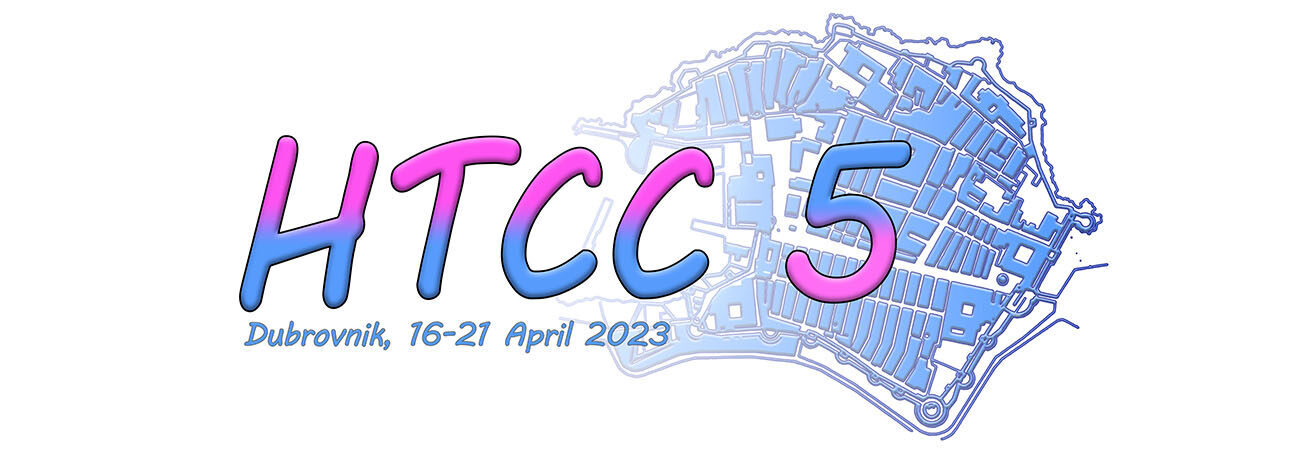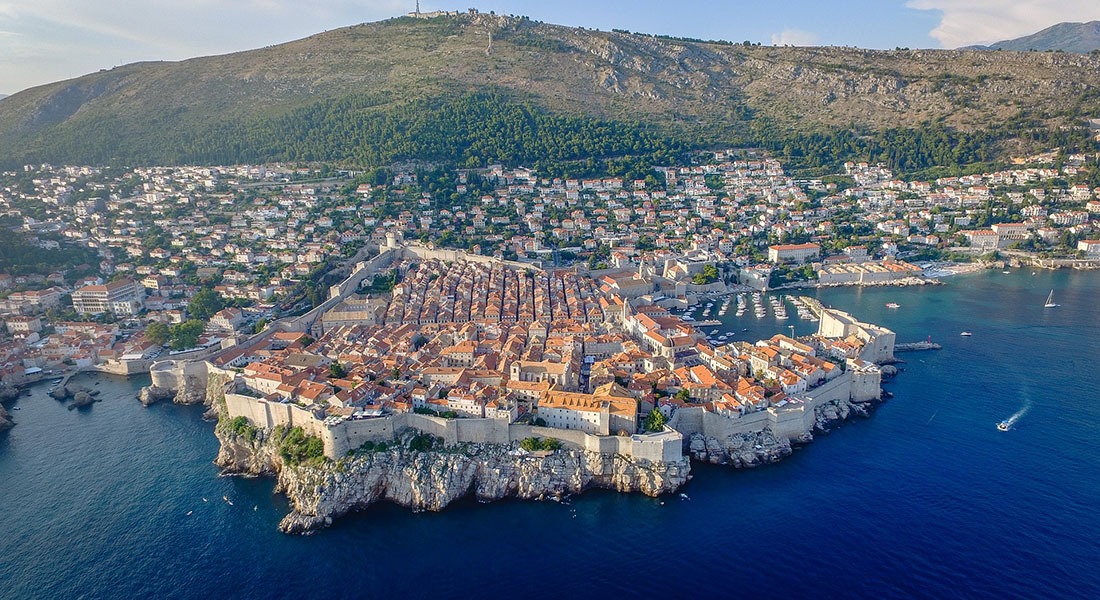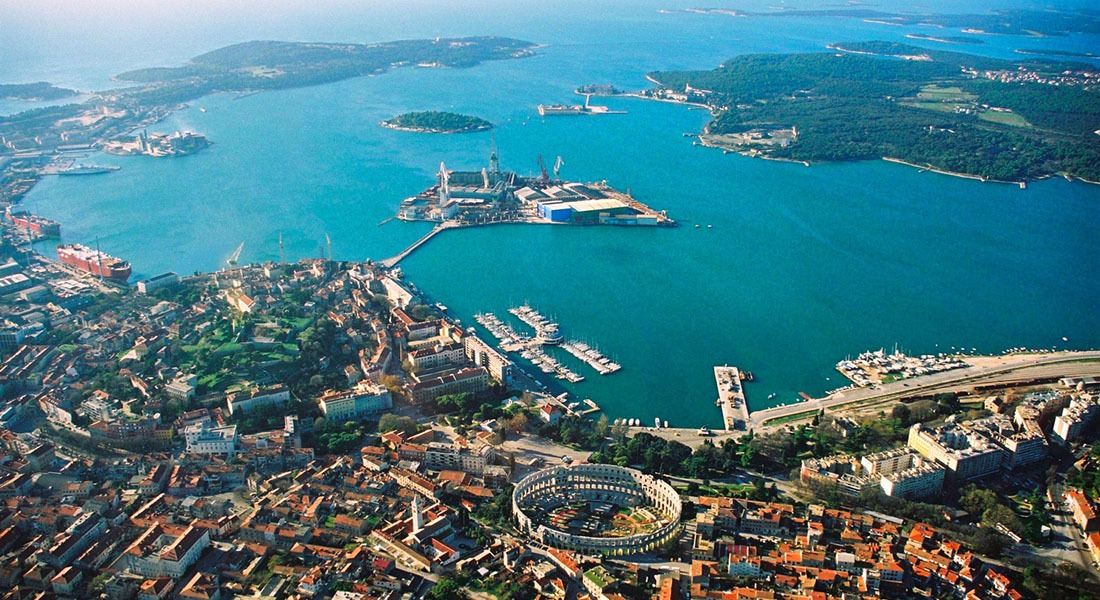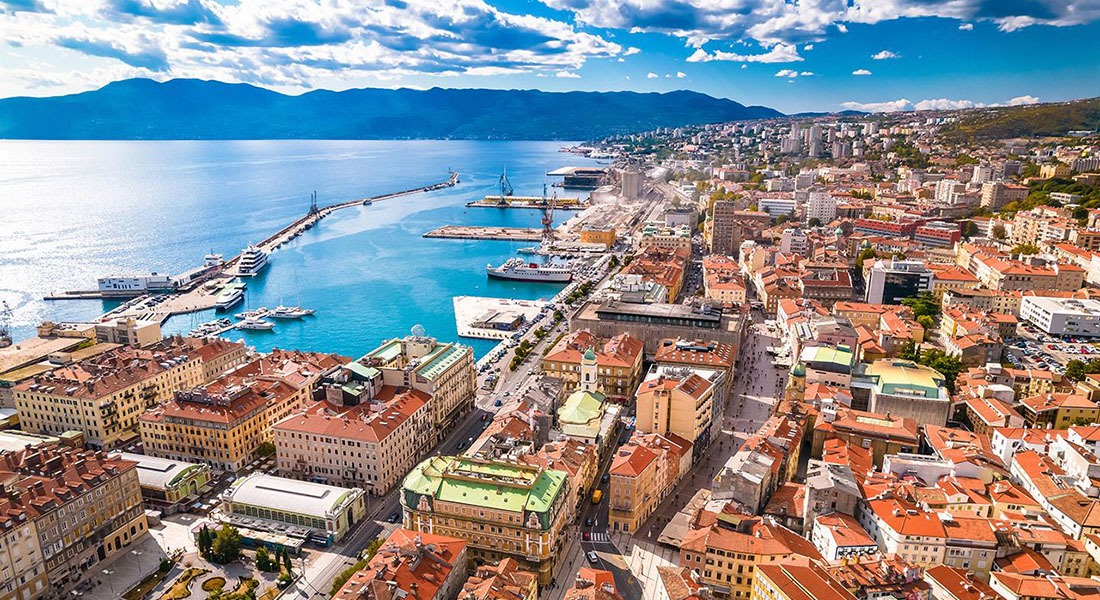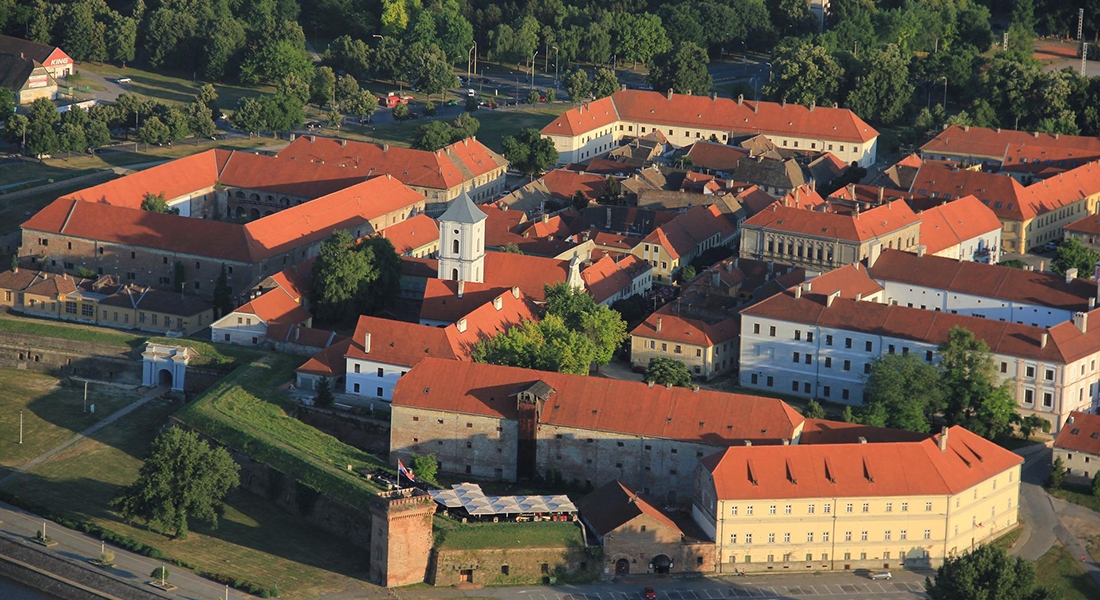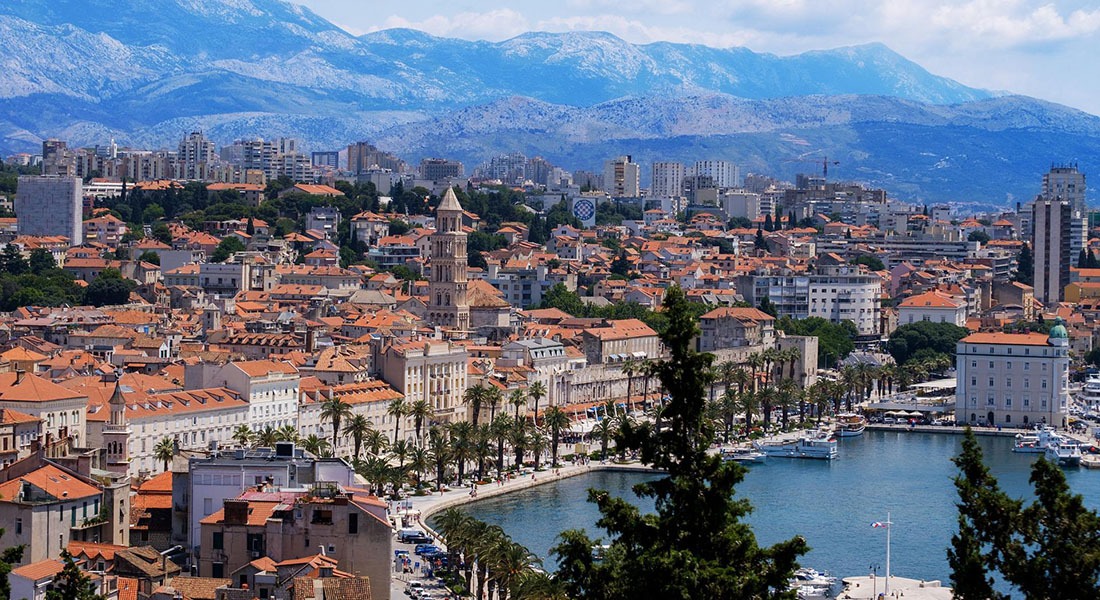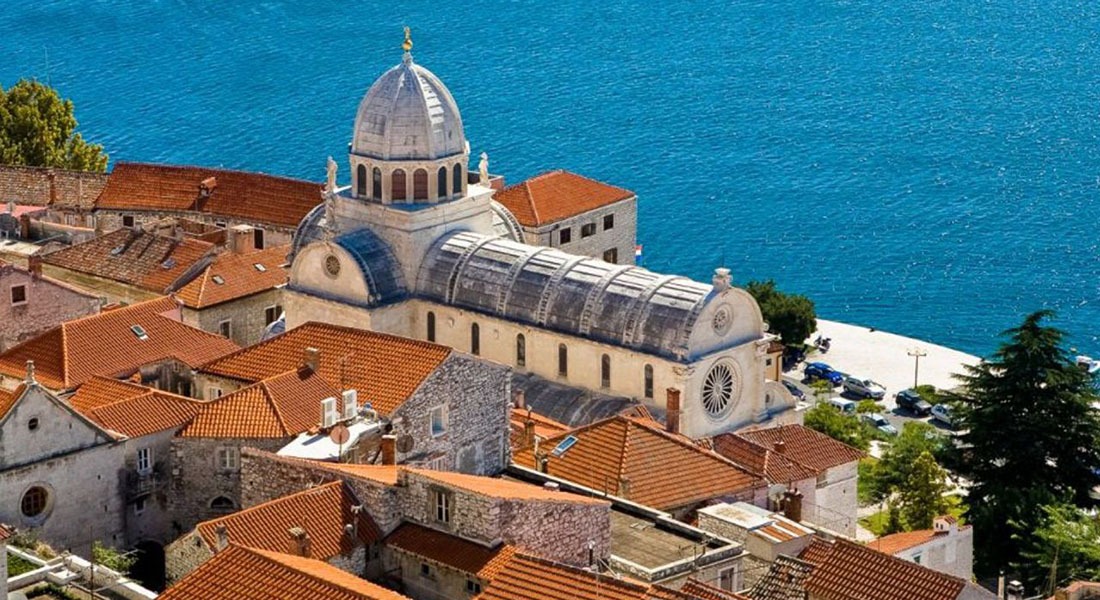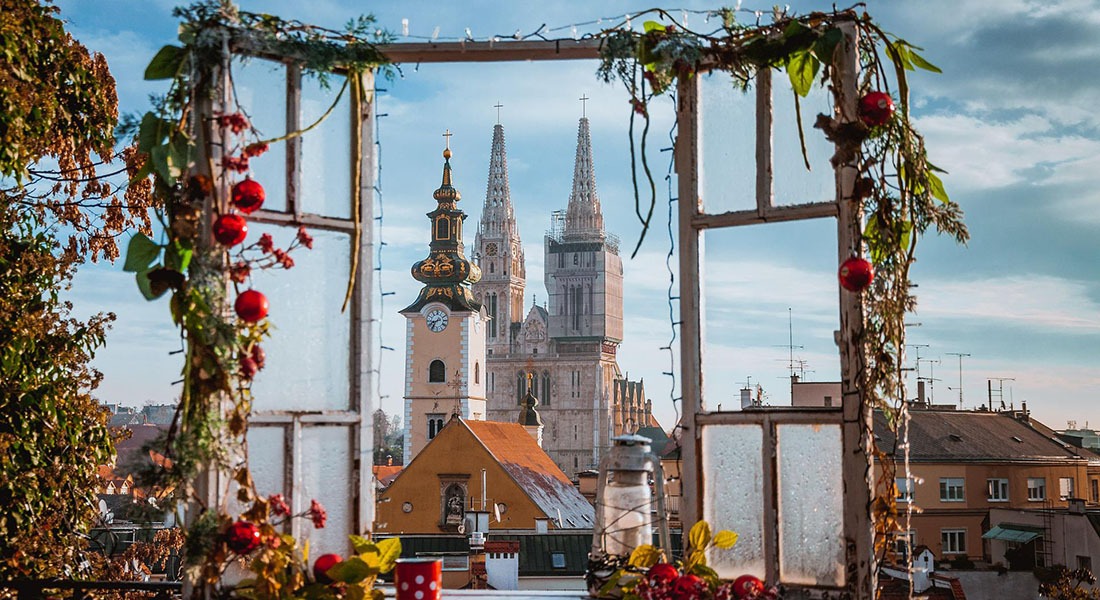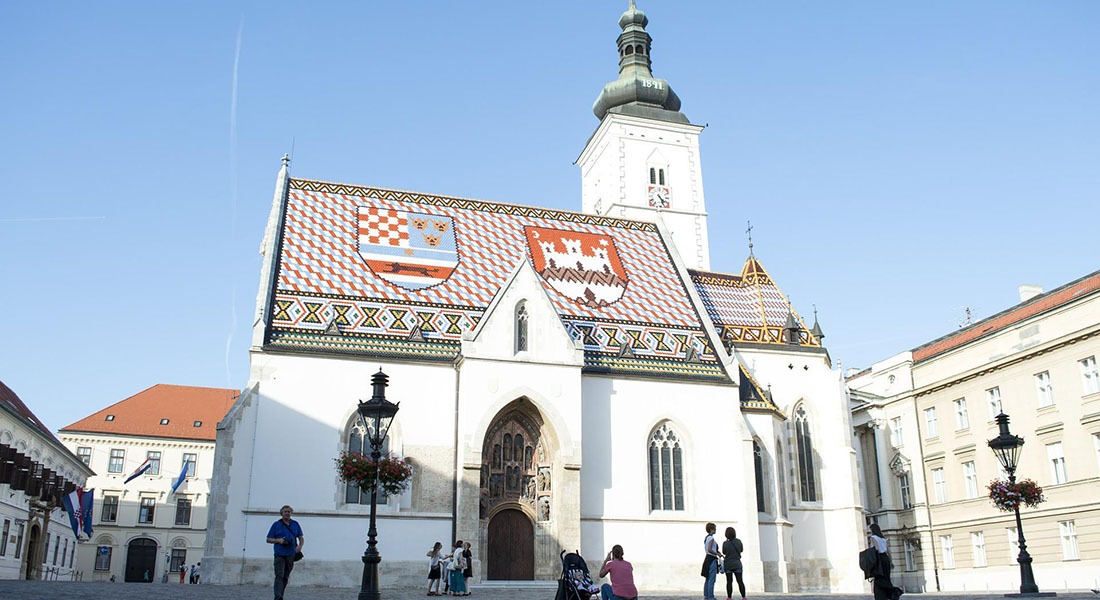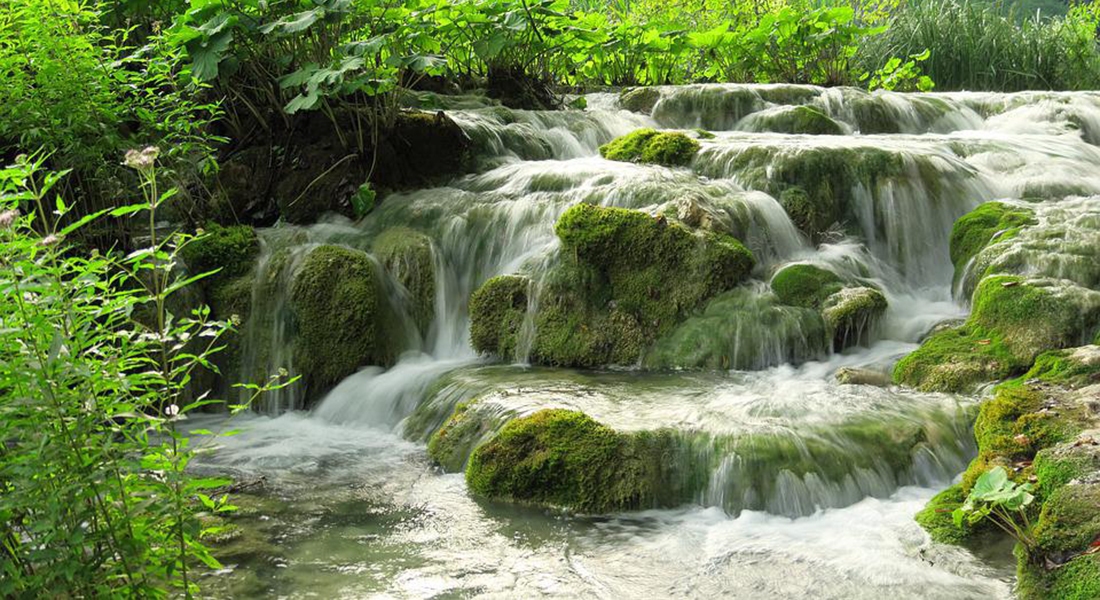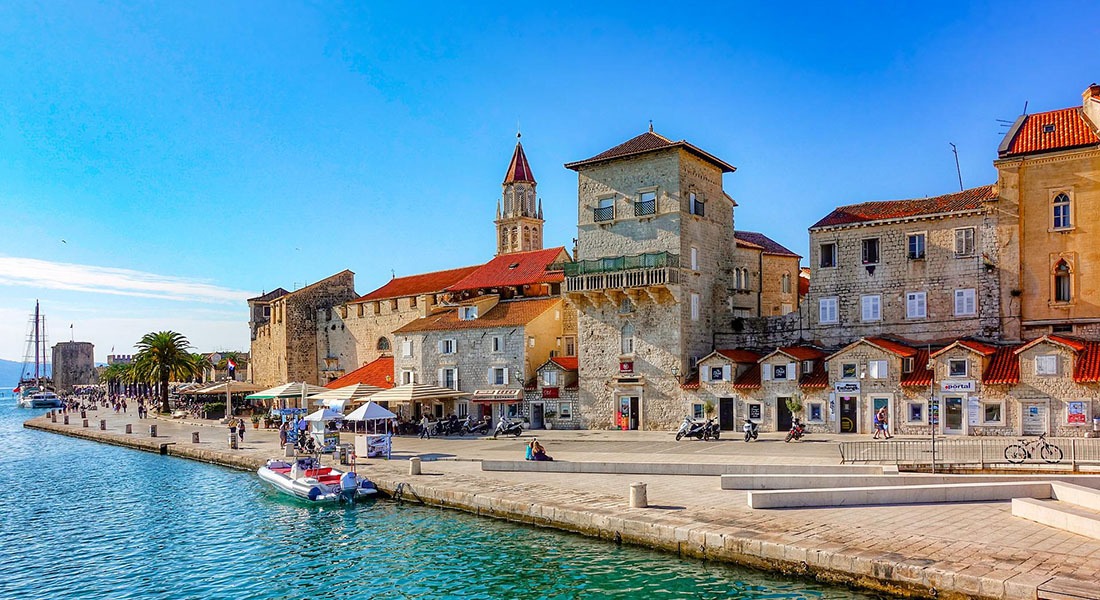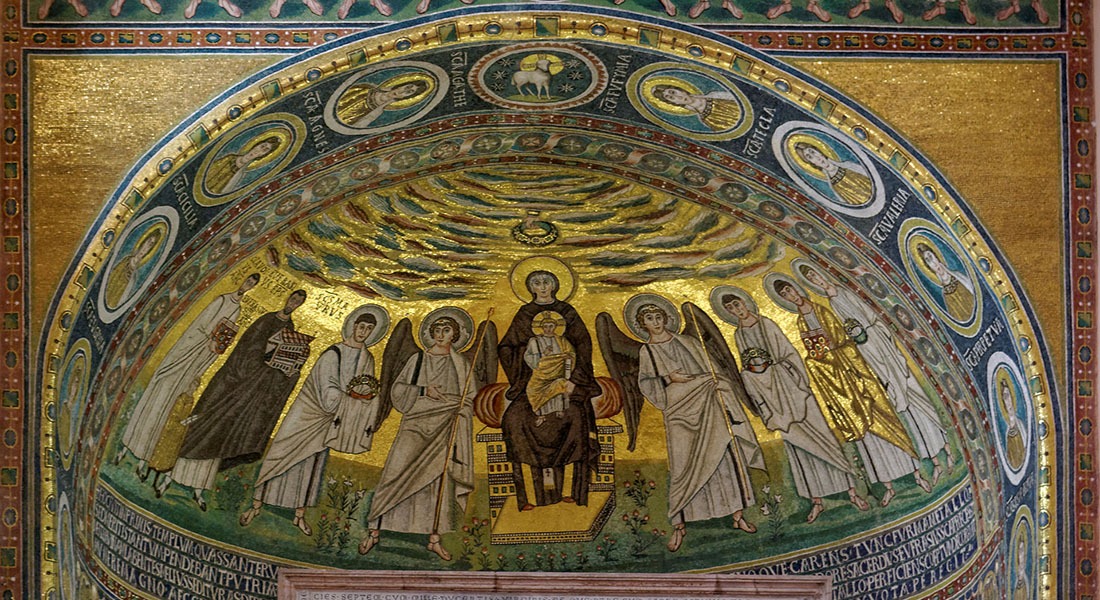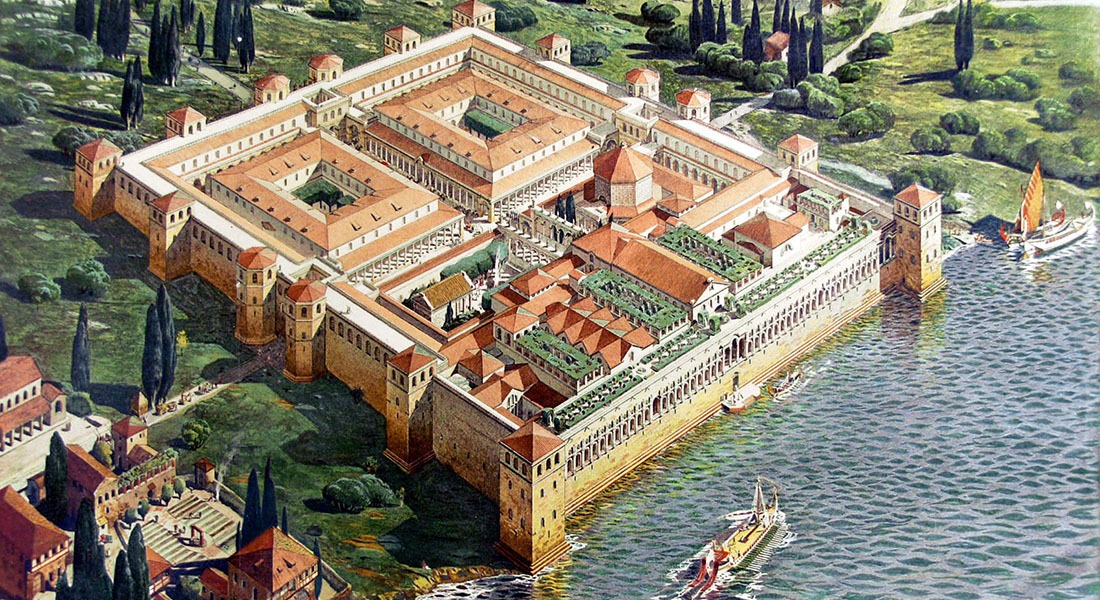Where is Croatia located?
Croatia is a Central European and Mediterranean country, bordering Slovenia, Hungary, Serbia, Montenegro, and Bosnia and Herzegovina; the country also has a long maritime border with Italy in the Adriatic Sea. These borders total 2,028 km altogether. The country covers an area of 56,691 square kilometers and has a population of 3.88 million (2021 census).
Most parts of Croatia have a moderately warm and rainy continental climate. The monthly average temperature ranges from −3 °C in January to 22 °C in July. Croatia is a country with a high-quality lifestyle, a variety of cultural and natural resources, and attractions, such as camping, boating, wellness, and active holidays.
Some historical and cultural details
Thanks to its geographical location and its turbulent history, Croatia is a real European cultural jewel. The Croats arrived on the Adriatic fourteen centuries ago. Originally a Slavic people, they established a new homeland where they met Illyrians, Romans, and Greek colonists. The traditions and culture of these ancient people have left significant traces in the history of our country.
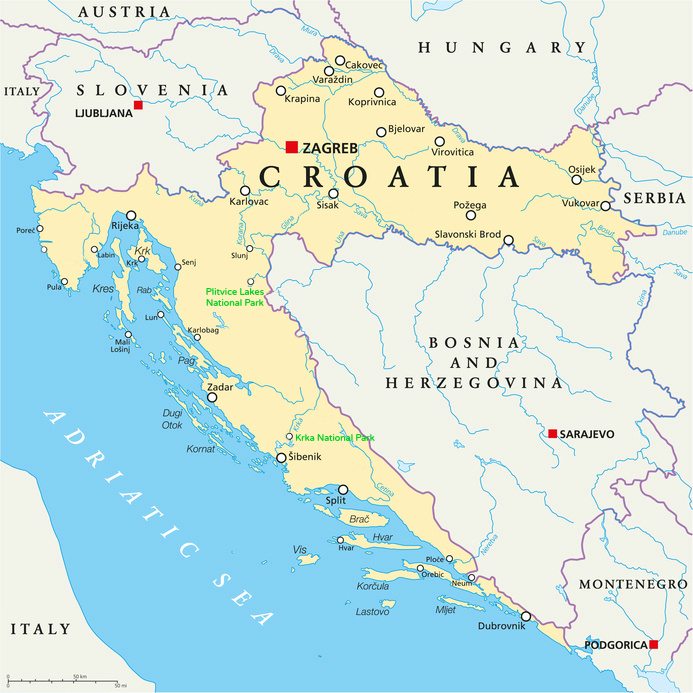 Croatia has an unusual shape, which cannot be compared with any other country in the world. It is the result of five centuries of expansion of the Ottoman (Turkish) Empire into Central Europe. Although the Turks never conquered the country, they controlled some of Croatia’s neighboring countries such as Serbia and Bosnia and Herzegovina.
Croatia has an unusual shape, which cannot be compared with any other country in the world. It is the result of five centuries of expansion of the Ottoman (Turkish) Empire into Central Europe. Although the Turks never conquered the country, they controlled some of Croatia’s neighboring countries such as Serbia and Bosnia and Herzegovina.
After World War II, Croatia became one of the six federal republics of former socialist Yugoslavia. In June 1991, Croatia declared independence, but at the same time, the country was attacked by the Yugoslav National Army and Serbian paramilitaries. The Croatian war of independence was successfully fought over the next four years.
Today, Croatia is a member of the European Union, the Eurozone (as of January 1st, 2023), the Schengen Agreement (as of January 1st, 2023), the United Nations, Council of Europe, NATO, World Trade Organization, and a founding member of the Union for the Mediterranean. The official currency of Croatia as of January 1st, 2023 is EURO. The official language is Croatian, written in Latin script.
Almost 90% of the population are ethnic Croats (majority Roman Catholic), and there are also relatively large Serbian, Bosnian, Hungarian, and Italian ethnic communities.
If you are interested in the Croatian history, you can find more information here.
The most important cities and towns in Croatia
The capital and the largest city is Zagreb with some 850.000 inhabitants. Osijek in the northeast (97,000 inhabitants), the ports of Rijeka (108,000 inhabitants) on the northern part of the coast, and Split (160,000 inhabitants) in the south. Other important towns are Dubrovnik, Makarska, Poreč, Rovinj, Opatija, Zadar and Šibenik.
About the mythic Adriatic coast …

Croatia has an amazing coastline length of 5,835 km, of which 4,057 km belong to the islands, cliffs, and reefs, making the Croatian archipelago the second largest in the Mediterranean. There are 1,244 islands and islets in the Adriatic, of which only 62 are permanently inhabited.
The largest island is Krk (near Rijeka) with an area of 462 square kilometers, the highest island is Brač (the highest peak, Vidova Gora elevates at 778 m above sea level). The other well-known islands of the country include Hvar, Rab, Lošinj, Cres, Mljet, Vis, Lastovo, Korčula, and Pag.
Historical heritage and natural beauty
Croatia, with nine of its cultural phenomena protected by UNESCO, is the European country with largest number of UNESCO-protected intangible cultural treasures. On the other hand, seven cultural, historical, and natural beauties have been included in the UNESCO World Heritage List: Diocletian’s Palace in Split, Euphrasius Basilica in Poreč, Plitvice Lakes, the Romanesque town of Trogir, Šibenik Cathedral, Starogradsko Polje on the island of Hvar and the Old Town of Dubrovnik. Eight Croatian national parks (Plitvice Lakes, Krka, Paklenica, Brijuni, Kornati, Mljet, North Velebit and Risnjak) as well as 11 nature parks (Biokovo, Kopački rit, Lastovsko otočje, Lonjsko polje, Medvednica, Papuk, Telašćica, Učka, Velebit, Vransko jezero, Samoborsko gorje and Dinara) are certainly the gems not te missed.
Education and science in Croatia

Croatia has ten state universities, the oldest and largest of which is the University of Zagreb (founded in 1669), and numerous public institutes, the largest and most important of which is the Ruđer Bošković Institute in Zagreb, with more than 800 scientists.
Educated people, scholars, and scientists in the spirit of their time first emerged in Croatian cities on the Adriatic coast in the Middle Ages under the influence of Venice and the Italian Renaissance. Among the many cities of this era, one, in particular, stands out – the jewel of the Mediterranean, the city of Dubrovnik, known for many centuries as the Republic of Dubrovnik.
 Numerous scientists working in Croatia today stand out for their dedicated work and excellent results, especially in the field of natural sciences and medicine. Particularly noteworthy are the significant achievements of Croatian scientists working abroad. Ivan Đikić (born in Zagreb) is a Croatian scientist working on biomedicine and health in the field of basic medical research. He is known for his achievements in cancer research. One of the world’s leading scientists in the field of interactive proteomics and the development of methods for studying protein-protein interactions is Igor Štagljar (born in Zagreb). Croatian scientists in Croatia and abroad contribute greatly to the promotion of Croatian science and culture, as well as to the exchange of information among scientists themselves.
Numerous scientists working in Croatia today stand out for their dedicated work and excellent results, especially in the field of natural sciences and medicine. Particularly noteworthy are the significant achievements of Croatian scientists working abroad. Ivan Đikić (born in Zagreb) is a Croatian scientist working on biomedicine and health in the field of basic medical research. He is known for his achievements in cancer research. One of the world’s leading scientists in the field of interactive proteomics and the development of methods for studying protein-protein interactions is Igor Štagljar (born in Zagreb). Croatian scientists in Croatia and abroad contribute greatly to the promotion of Croatian science and culture, as well as to the exchange of information among scientists themselves.
Cultural heritage
The poet Marko Marulić from Split was a central figure of this period. His epic poem Judith (Judita), written in Croatian, is considered the birth of Croatian literature. Herman Dalmatin (astronomy, translation of important Arabic texts), who worked in Spain and France at the beginning of the twelfth century, is considered our first scientist. Ivan Česmički-Pannonius (poet with interest in astronomy and astrology), Pietro Buono (theoretical alchemist in Trogir), and Gjin Gazulli-Gazulus (an astrologer in Dubrovnik) also contributed to science in the Middle Ages. In the seventeenth century, Croatia gave several great scientists, such as Marin Getaldić (optics, in Dubrovnik), Marko Antun De Dominis (theory of the rainbow, the telescope, in Split), and Faust Vrančić (a famous constructor and engineer, in Šibenik and Padua).
Famous figures
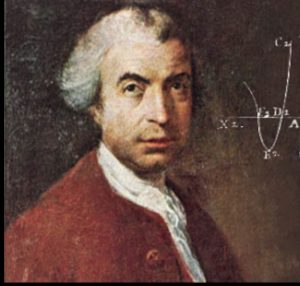
Ruđer Bošković, astronomer, philosopher, mathematician, and physicist, was born in Dubrovnik in the eighteenth century and worked in Rome, Milan, and Paris. His concept of the structure of matter, which he published in his work “Theory of Natural Philosophy”, had a strong influence on the development of physics at that time.
In the nineteenth century, Bishop Josip Juraj Strossmayer founded the South Slav Academy of Arts and Sciences (now the: Croatian Academy of Sciences and Arts) in Zagreb. In the twentieth century, Lavoslav Ružička (from Vukovar) and Vladimir Prelog (born in Sarajevo) were awarded Nobel Prizes in chemistry. Not to forget Andrija Mohorovičić (the Moho discontinuity), one of the most prominent geoscientists of the 20th century and Milutin Milanković (born in Dalj), who is considered the founder of cosmic climatology.
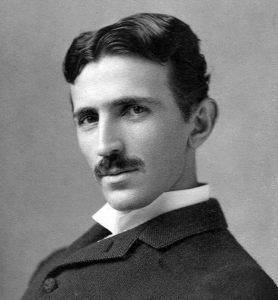
Probably the most famous of all Croatian scientists, Nikola Tesla, born in Smiljan, was our greatest representative in the field of electrotechnical science, and it is impossible to imagine today’s world without his inventions from the late 19th and early 20th centuries. He is the only scientist of all Slavic nations after whom a physical unit was named (Tesla, T, for magnetic flux density).
Faust Vrančić, born in Šibenik in 1551, was a humanist, Latin and Croatian writer, polyhistor, scientist, physicist, inventor, philologist, and philosopher, one of the greatest Croatian minds of his time. Vrančić compiled the first larger dictionary of the Croatian language as part of a dictionary that contained the five most renowned European languages - Latin, Italian, German, Dalmatian (now called Croatian), and Hungarian. His research was published in the Machinae novae (New Devices), a work that describes 56 different devices in five languages and constructions. The most famous are the suspension bridge and the parachute. Based on Leonardo da Vinci’s sketch, Vrančić created a more detailed drawing of a parachute entitled Homo Volans and also constructed the earliest known version of the parachute.
A mechanical pencil (a popular ballpoint pen), a rotating toothbrush, and a hot water bottle are some of the inventions of one of the most famous people from Zagreb – Slavoljub Penkala. The famous inventor was born on April 20, 1871. He became renowned for further development of the mechanical pencil (1906) which was then called an “automatic pencil”, and the first solid-ink fountain pen (1907). Collaborating with an entrepreneur by the name of Edmund Moster, he started the Penkala-Moster Company and built a pen and pencil factory that was one of the biggest in the world at the time.
